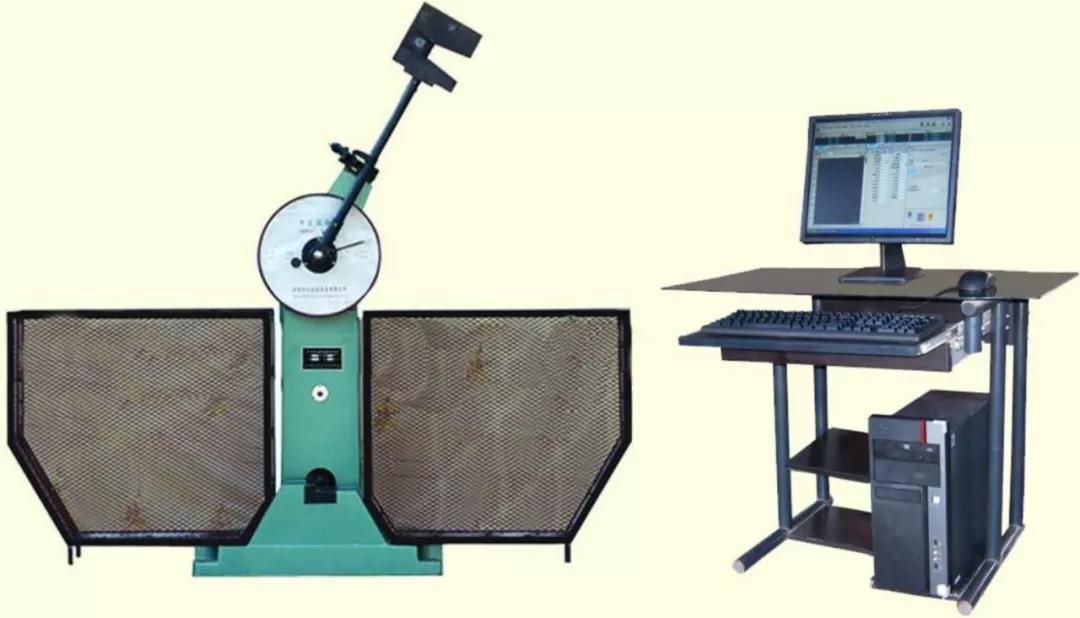Plant operators should also increase inspection efforts in winter, find problems in time, and repair them in time.
(2) Antifreeze measures for bypass pipeline:
When the RTO system is running normally, if the bypass pipeline is too long, the bypass is closed, and the two ends of the valve are dead ends. In this case, heat tracing is not economical. In winter, give the bypass valve a small opening, or connect a DN15/DN20 valve on both sides of the bypass valve to ensure stable medium flow.
(3) Antifreeze measures for circulating water pipelines:
The diameter of the circulating water pipeline is relatively large, and the heat tracing needs to consume a lot of energy. In this case, only a small diameter bypass line can be connected between the inlet and outlet of the circulating water to make the circulating water flow and prevent freezing. A little energy can prevent freezing.
(4) Antifreeze measures for vertical pipes containing water vapor:
For some vertically installed gas pipelines, if the gas contains water, the water is mixed with the gas medium in the form of steam under normal working conditions. When the external temperature is lower than the dew point corresponding to the gas, the water will condense into a liquid state, and when the temperature is lower than the freezing point will freeze. This phenomenon of water freezing mostly occurs near the riser and the connecting elbow, tee, and valve below it. The freezing will block the pipeline and even swell the pipeline. In such a case, the 90° elbow of the riser and the horizontal pipe can be changed to a 45° elbow to prevent liquid from accumulating at the elbow, and the horizontal pipe can be inclined at a 45° angle at the connection between the riser and the horizontal pipe, which is convenient for operation. Insert the standpipe, connect the drain valve vertically downward, and drain regularly.
(5) Antifreeze measures for tower dosing pump and circulating water pump when they are arranged in the open air:
①For pumps that need to be started automatically, the inlet and outlet valves of the pump need to be opened.
②Prevent the standby pump from freezing → set a warm pump line at the outlet of the standby pump, and lead a thin pipeline from the back of the check valve at the outlet of the running pump to the front of the check valve. The medium in the pipeline flows back from the standby pump, and there is a The flow of the medium prevents the pump from freezing.
③Drain the residual liquid in the pump during shutdown. A bypass is set in the middle of the pump cooling water inlet and outlet pipelines, so that the circulating water can circulate between the bypasses to prevent the pipeline from freezing.
④ The metering pump itself has a small pipe diameter and low flow rate, which is easy to freeze in cold areas. It is necessary to heat the water at the outlet of the metering pump. The outer wall of the dosing tank storage tank is heated with water and heated.
In summary, the current solution is to sacrifice energy to ensure the safe operation of the RTO system. There is no systematically perfect equipment, anti-condensation and anti-freezing criteria for pipelines in the current effective design standards. It is necessary to selectively carry out anti-freezing and thermal insulation design according to the actual situation. In the design of the entire RTO system, it is necessary to pre-consider the location of the easy-to-freeze location. The rationality of the process design and structural design of anti-freezing measures. While the process engineers comprehensively consider the working conditions, medium and ambient temperature for the entire system, the grasp of material selection and the advanced design of anti-freezing measures, the mechanical designers are in the overall equipment layout. , will take into account the smooth design process, shorten the length of the pipeline as much as possible, the layout is reasonable, and the influence of pipeline resistance will be minimized, so as to bring better design and after-sales service to our customers as much as possible.



